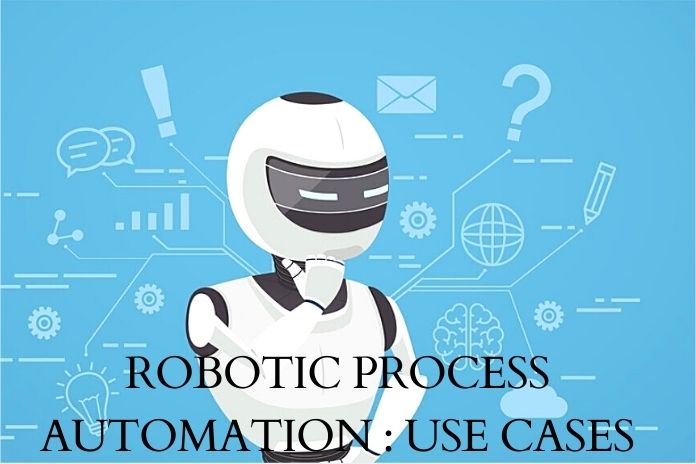The current corona pandemic represents an economic challenge for many companies. To master the turbulence, it is worth using new technological solutions such as Robotic Process Automation, or RPA for short. This supports companies in generating more productivity, quality and customer satisfaction.
Technologies that support companies in terms of productivity, quality, and customer satisfaction include Robotic Process Automation. RPA means that a software robot mimics and automatically executes manual processes within and across applications. In many application scenarios, this way of working offers the advantage that access to interfaces or connectors for automating processes is unnecessary.
“All processes that have a clear structure are suitable for automation. For this, fixed rules are required that serve as instructions for the software robot,”. Using five use cases, the expert explains how scenarios using RPA can offer high added value.
Use Case: Extraction And Migration Of Data
If old systems of companies are supplemented or replaced by new solutions, data extraction and migration are always necessary. How well this works is mainly due to the communication between the systems. The development of interfaces and connectors often requires considerable effort. Here RPA can take on the task of interfaces and act as an intermediary between the systems. It automatically extracts and migrates the respective data.
In addition, RPA can control the transmission of the data. Anomalies and poor quality data are detected, and potential problems are resolved in advance. As a result, RPA saves a lot of time that would otherwise be necessary to go through the entire data set again during a later review.
Use Case Of RPA: Customer Service
Customer service employees perform tasks that, thanks to their routine, are ideal for the use of RPA. A typical scenario for the technology is, for example, its use in the process of proof of delivery. An explanation of delivery or Proof of Delivery (POD) is a document accompanying the goods that confirms the proper delivery of the goods in question.
In many industries, the receipt is an important part of customer service. Businesses get the documents and their information by having their employees regularly check their carriers’ websites – a repetitive task that is tiresome for people. But this process follows fixed rules and is, therefore, a perfect application scenario for RPA. Corresponding solutions can automatically link the information from the documents with the company’s internal data and thus accelerate order tracking and improve response times to customers.
Use Case Of RPA: Processing Of Invoices
Processing invoices is considered a time and labor-intensive process as it involves multiple operations performed by different employees. In addition, this fact makes the process far more prone to human error, such as accidental clicks or carelessness. The more people contribute, the greater the risk of error. Monotonous tasks, into which the mundane creeps, increase it even more. However, the software knows no monotony. Companies can use RPA, for example, to scan documents and send invoices to the individual departments. They can then take care of approving and updating the invoices.
Use Case Of RPA: Inventory Management
In the back office, the manual management of stocks is a particularly time-consuming and labor-intensive process. In their warehouse management system, employees are faced with validating the correct data elements and collecting and recording relevant information. This is where RPA comes into play again, which makes inventory management easier. It can automatically include information on new orders in a company’s database and at the same time send a confirmation to stakeholders via email.
Use Case: Compliance
Companies spend a lot of time and resources developing compliance checklists, preparing relevant data from this area, and preparing regulatory reports. The use of RPA reduces the workload for employees at this point. RPA allows reports to be generated automatically from all available data. This significantly reduces the time required for compliance tasks. In addition, the technology can be easily and quickly adapted to new regulations.
RPA – Every Beginning Is Easy
With RPA, it is crucial to start with small projects, learn from them and then build on them. Overall, the technology offers companies the opportunity to increase their productivity and efficiency in the long term, avoid errors and increase customer satisfaction. With the help of RPA, employees are relieved and have more time for more demanding tasks, which also increases their satisfaction. Because of all these advantages, it is recommended that companies look into RPA right now – in the time of the Covid 19 pandemic.
“Implementing RPA in a company’s IT system only takes a few weeks. Thanks to its ability to mimic human interactions with programs, RPA can be used in various ways. For example, many migration processes can be carried out without the need for complex interface development. However, it is important to involve your own IT team so that there is no shadow IT,”.
Also Read : What Is A Blockchain? The Explanation For Beginners

